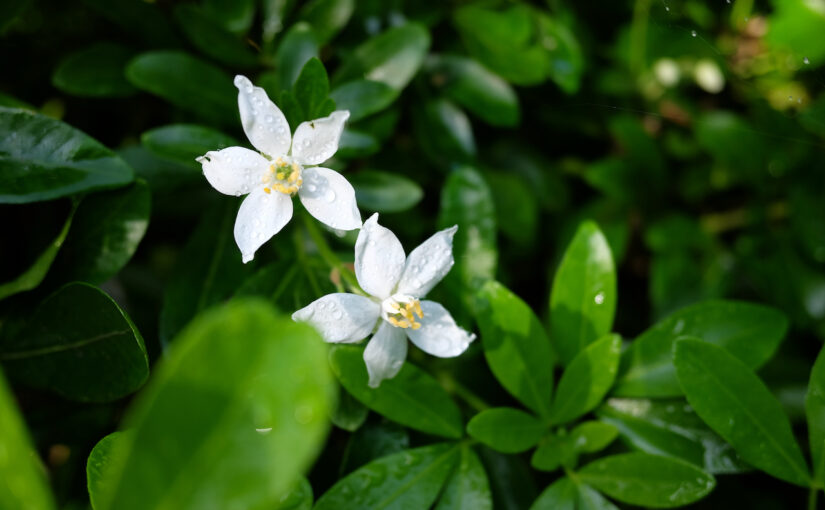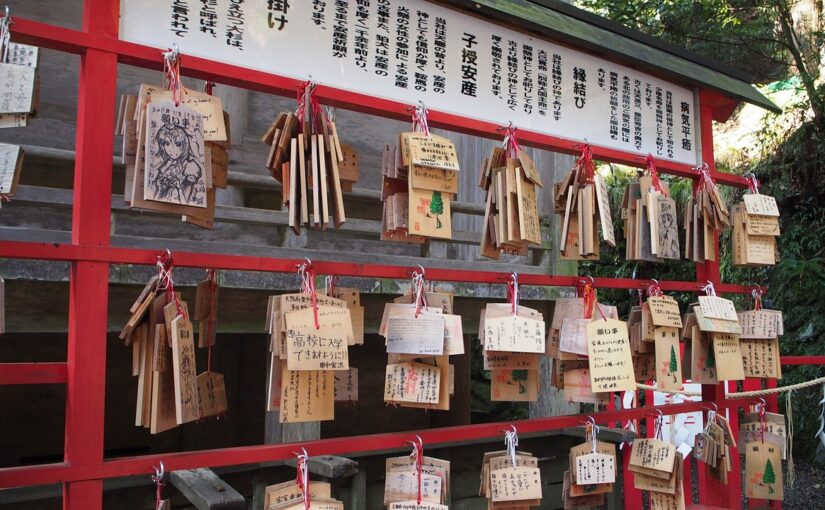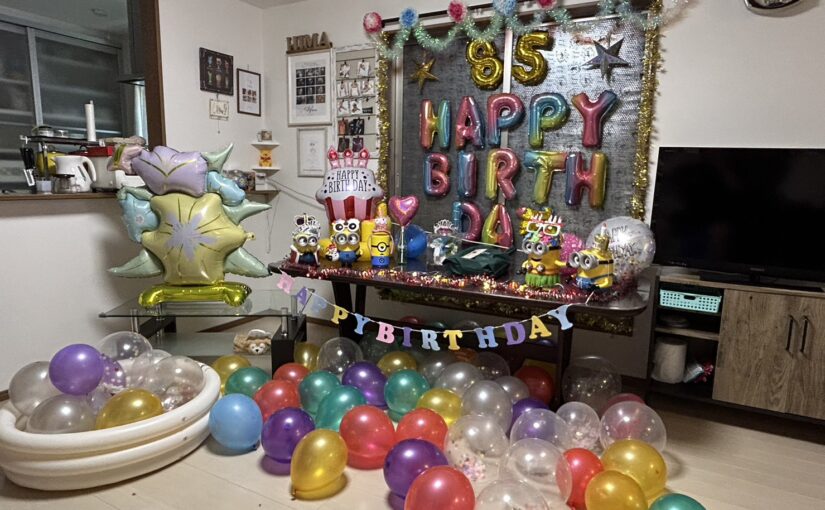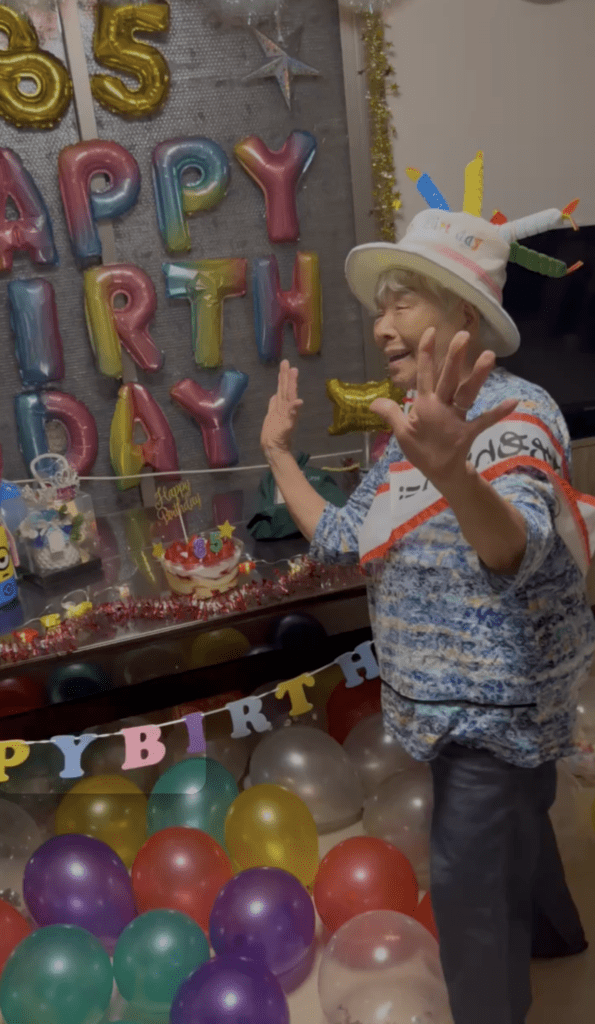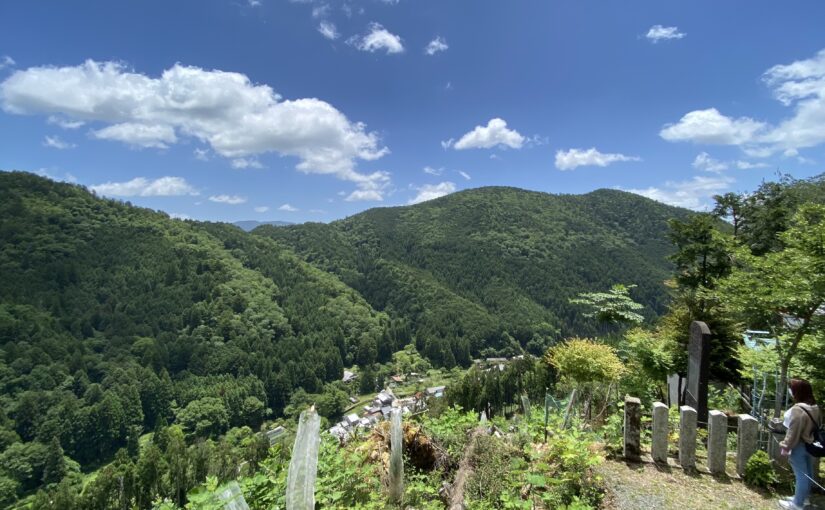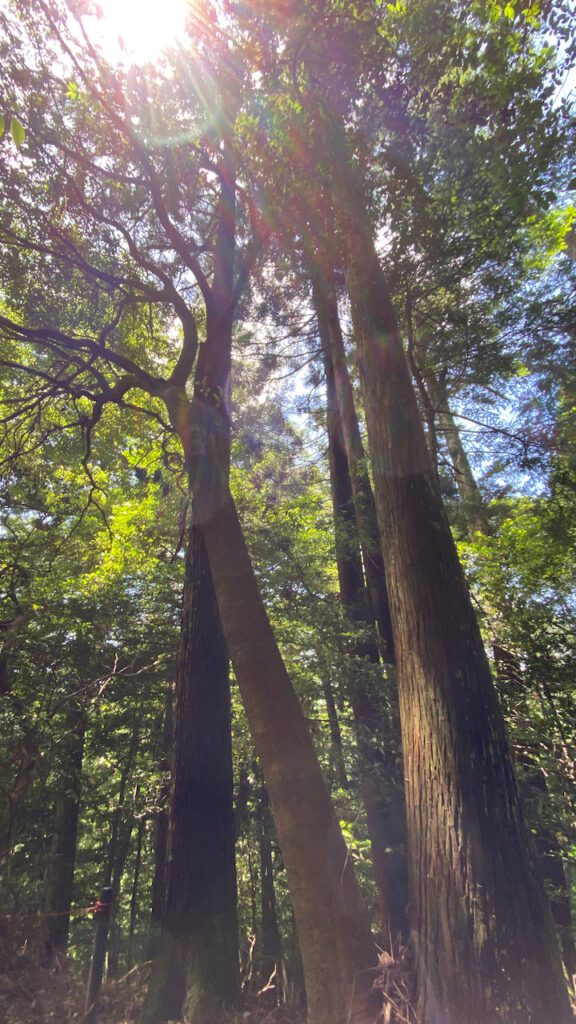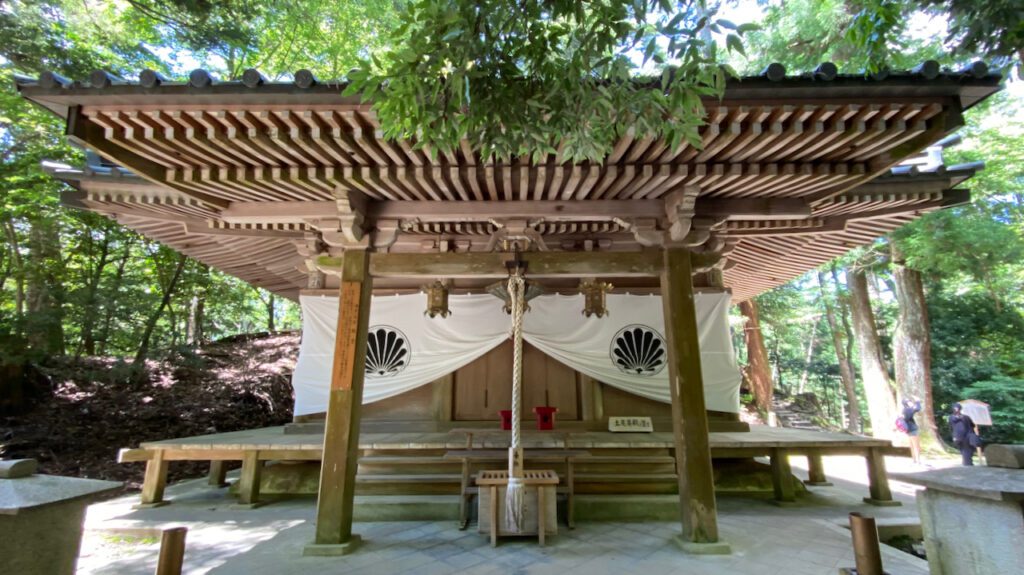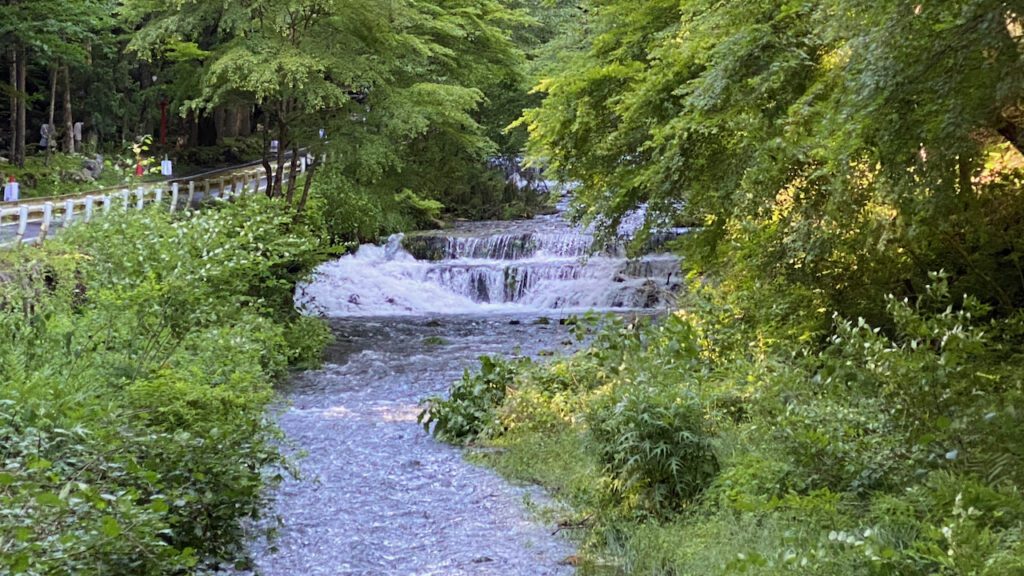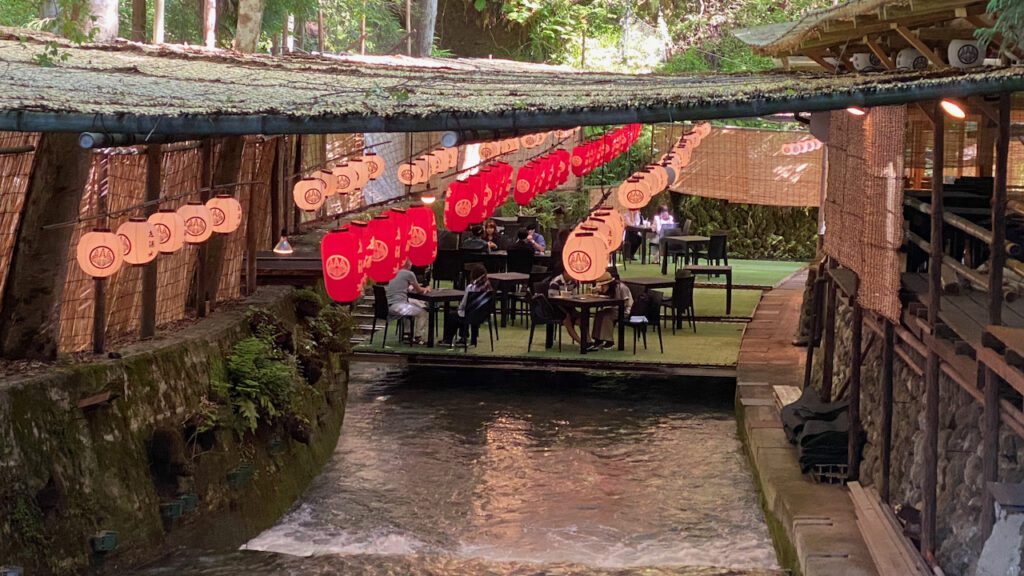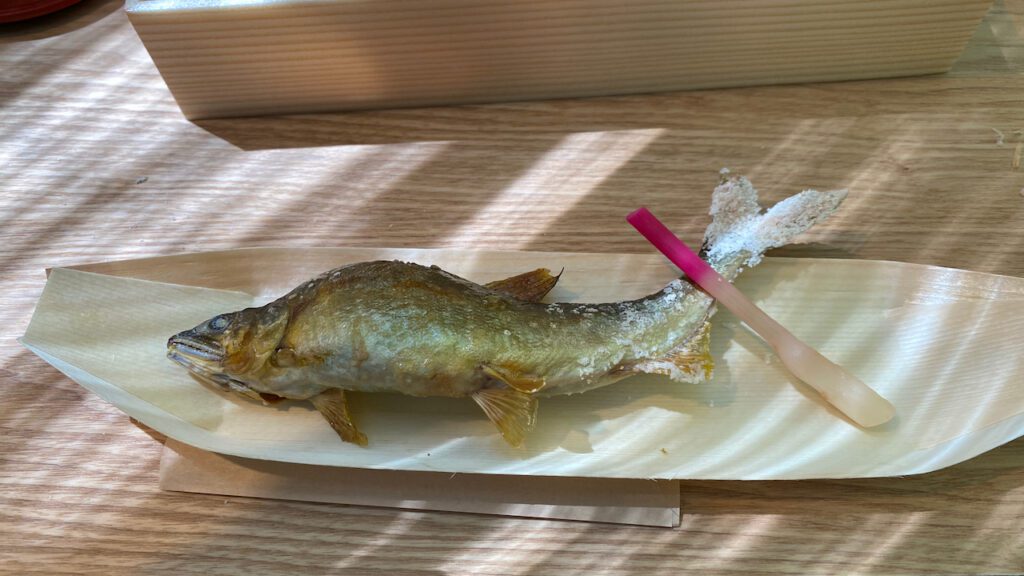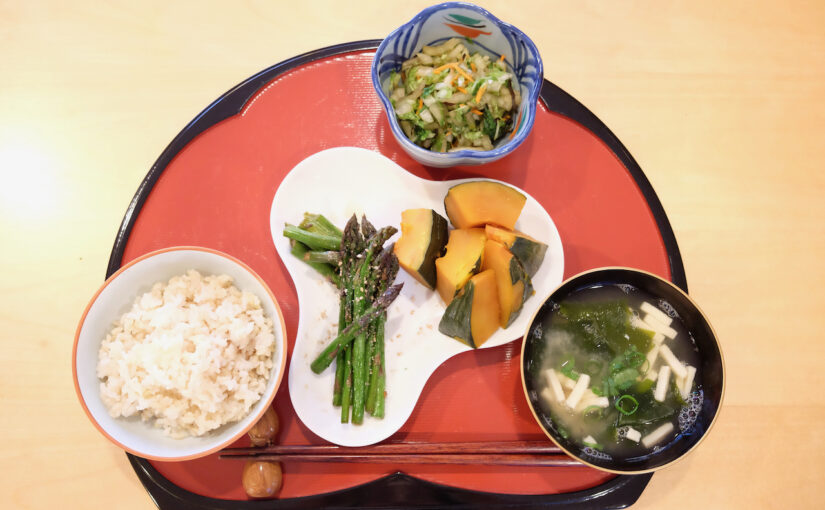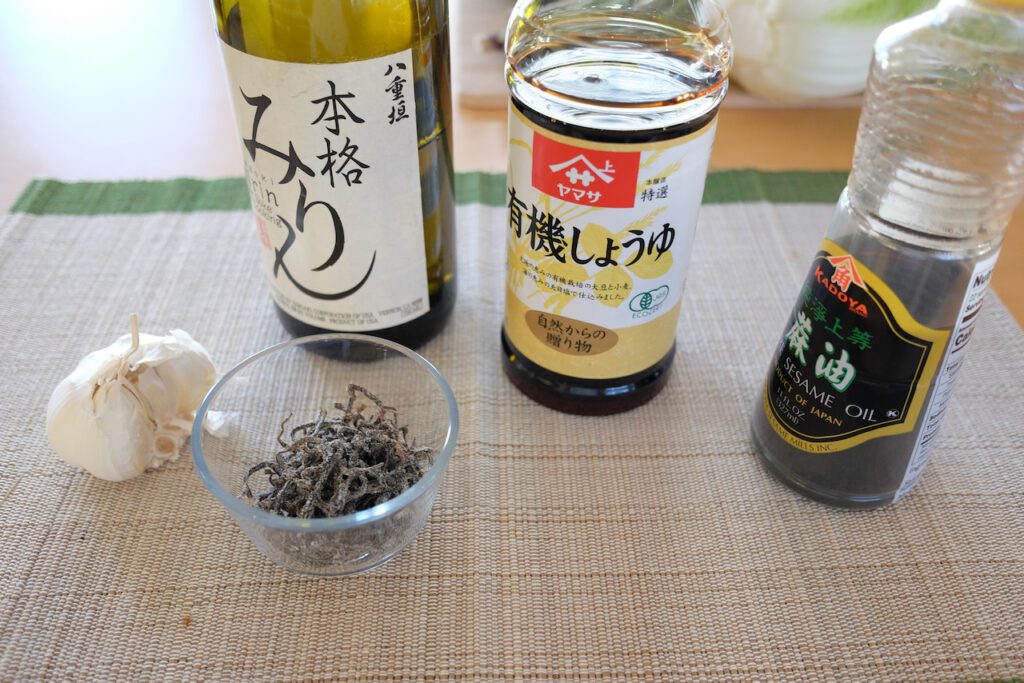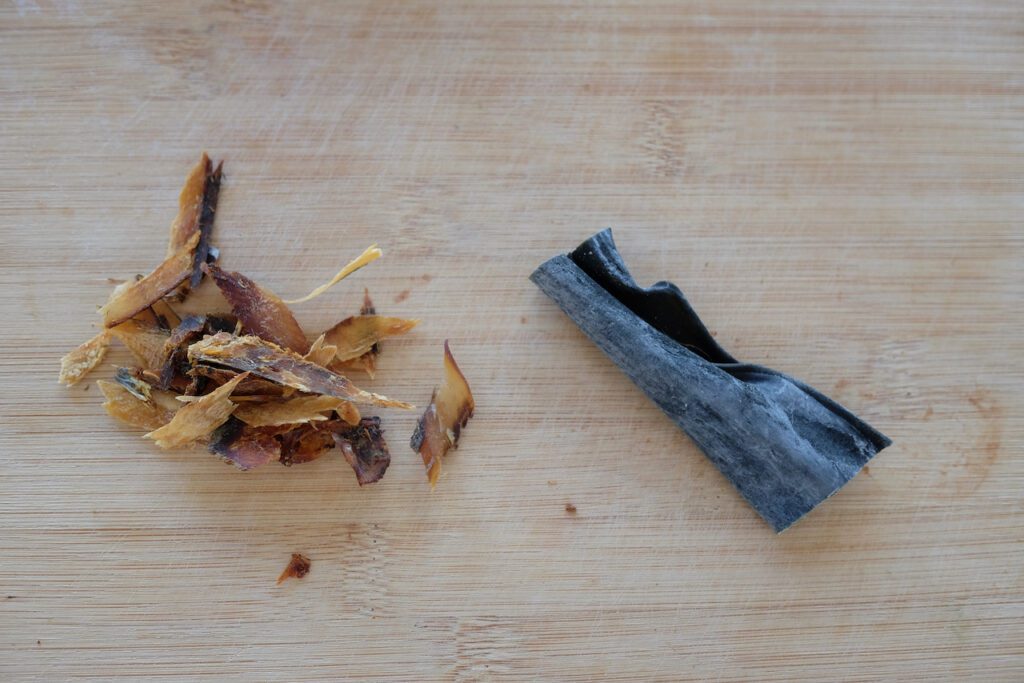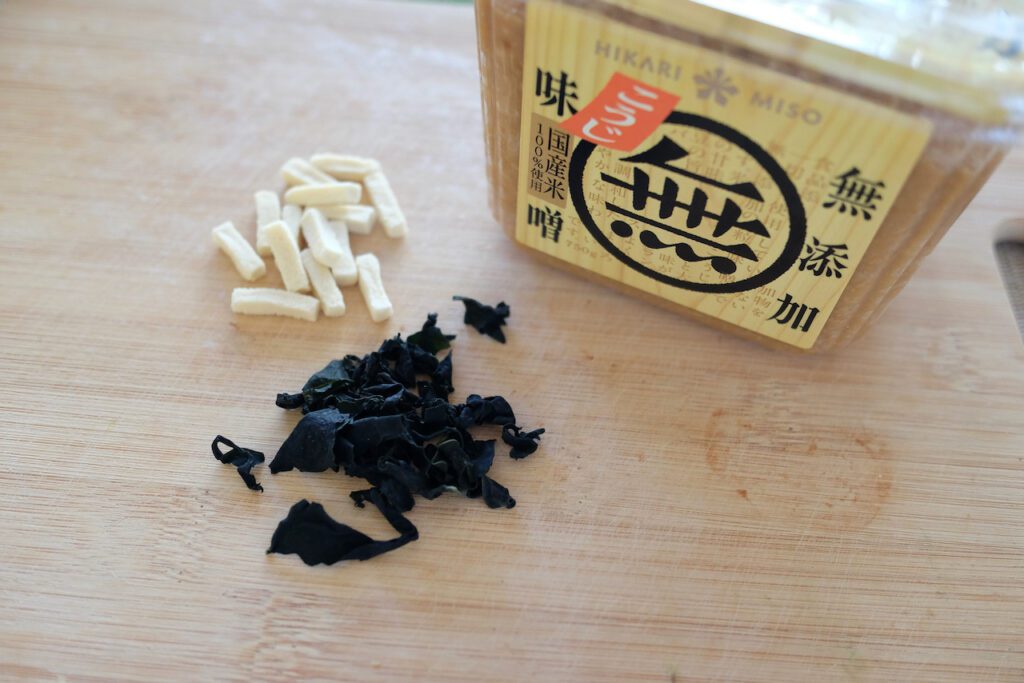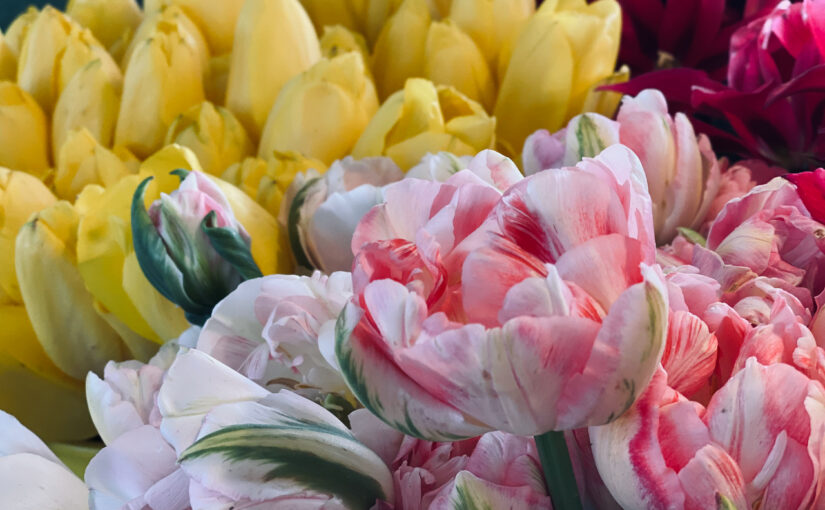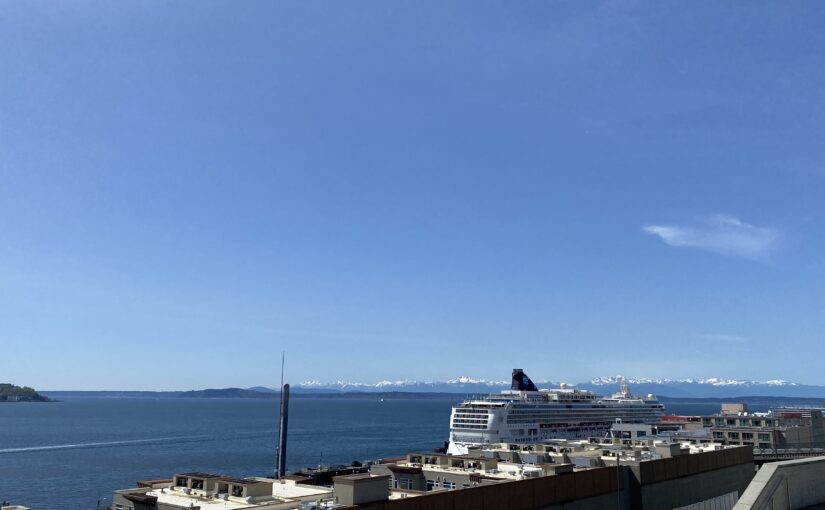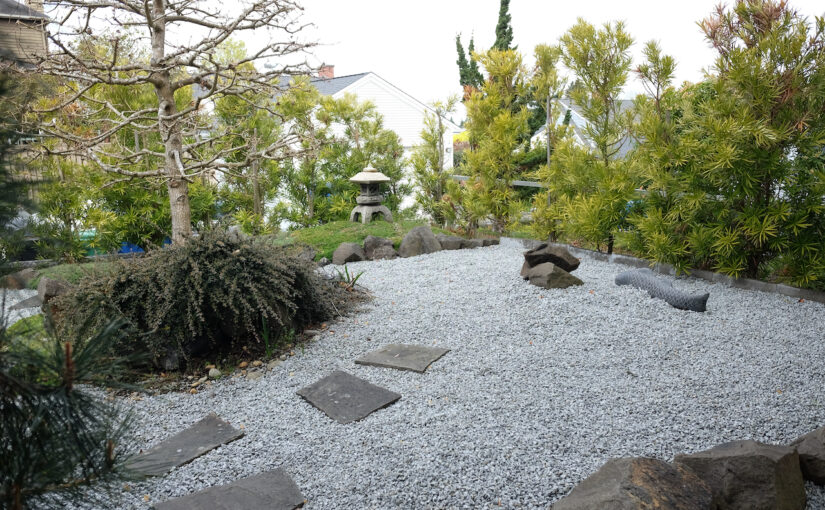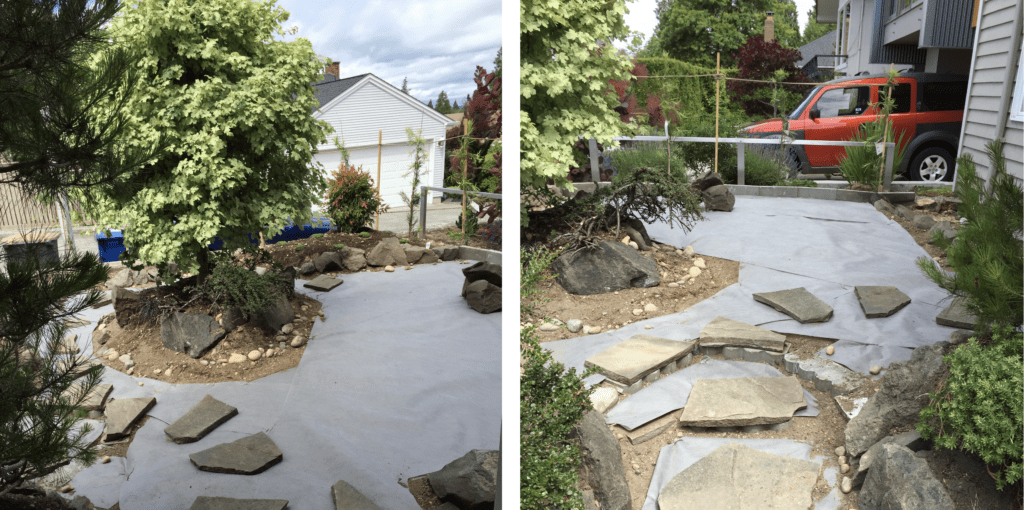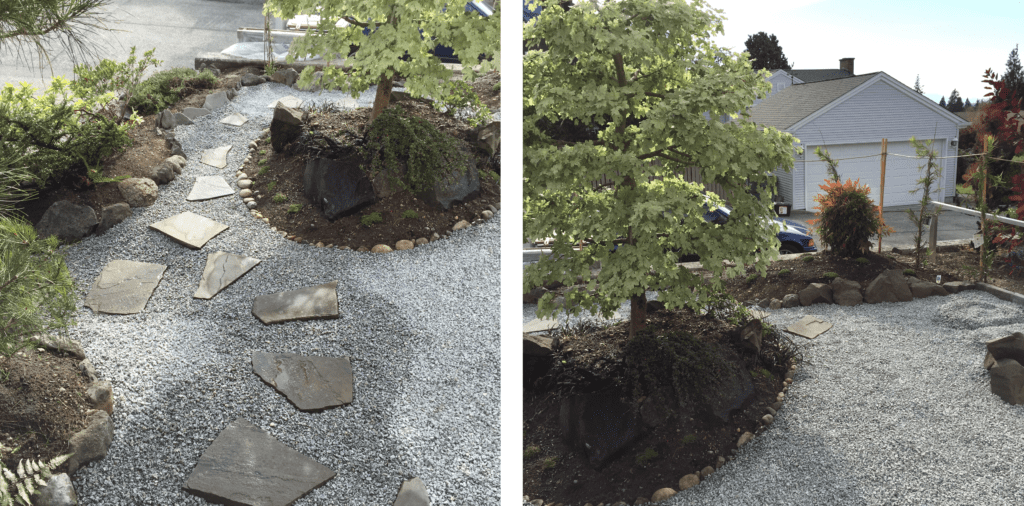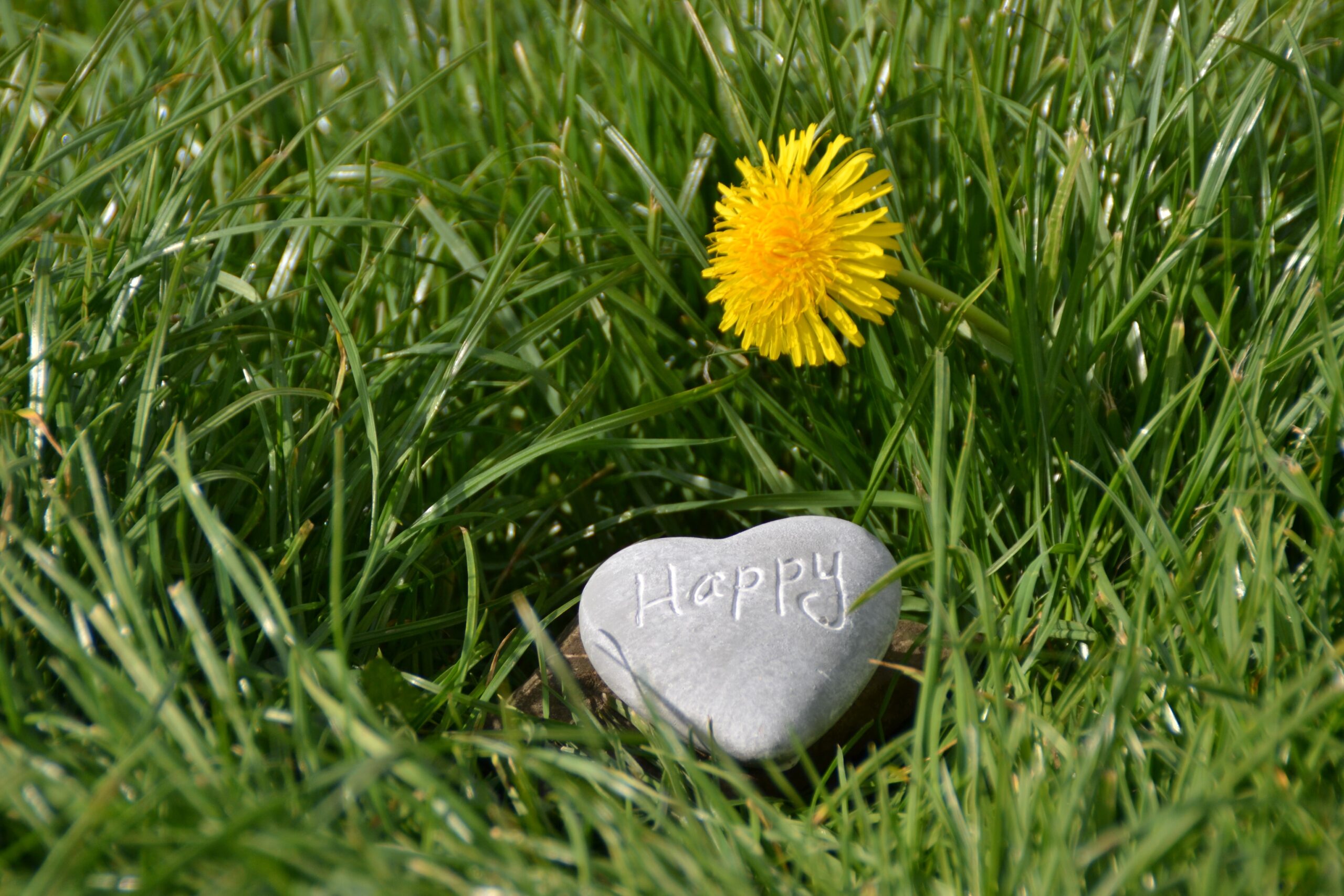In response to Dancing Elephants Press prompt week 46 of 52 — Positive Impact
I have two Moms, one in Japan and one in the US.
The one in Japan is my biological mother who gave me birth. The one in the US is my host mother when I was an exchange student in the US for a year.
Both Moms have taught me the most important lessons in life.
My mother in Japan taught me to think by myself, to be independent, not to rely on anybody else.
I was in the first grade then. One day I asked my mother one of the questions I was to answer in my homework. She gave me the answer, and I wrote it down as she said.
The next day at school, I found out the answer was wrong. Furious and shameful, I swore to myself that I would never ask my mother to help me do my homework again. Nor would I depend on anybody for any answer blindly.
If I thought it through, came up with the answer, and turned out to be wrong, I could take full responsibility for the outcome. But the answer was not mine, but somebody else’s. I just couldn’t take that humility.
I was 16, just arrived in the US from Japan as an exchange student. One day my host mother mentioned a girl as being smart, although she was not good at math.
A student can be smart although not good at math? The concept was totally foreign to me. In Japan, a student was not considered as “smart” unless s/he was good at math and all the other subjects.
That’s when I learned that there is more than one yardstick to evaluate a person. Or ultimately, I can create my own yardstick to evaluate myself.
Two important lessons that positively, profoundly impacted my life, one from each Mom.
